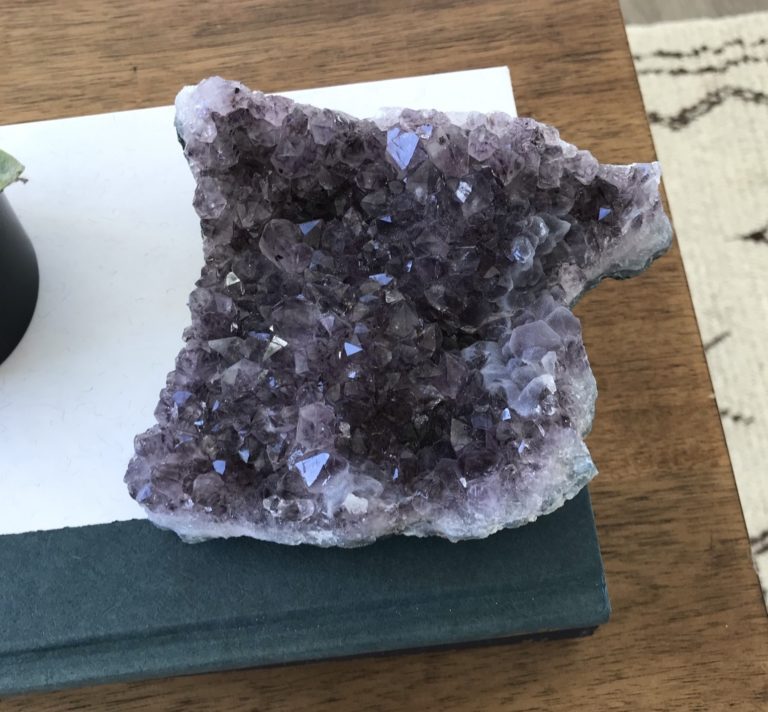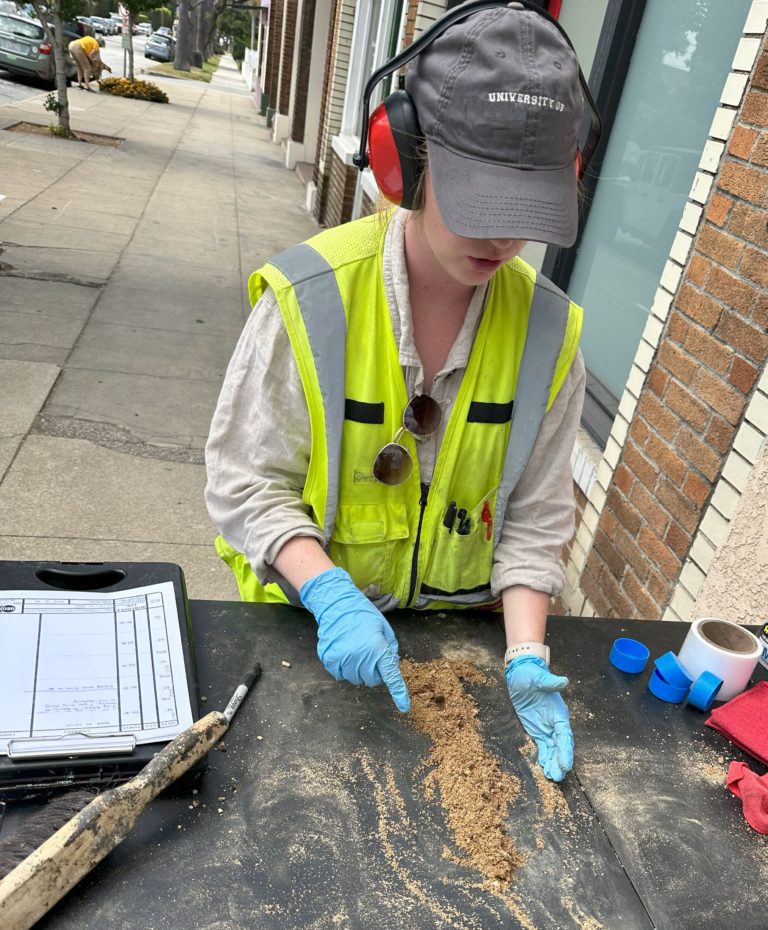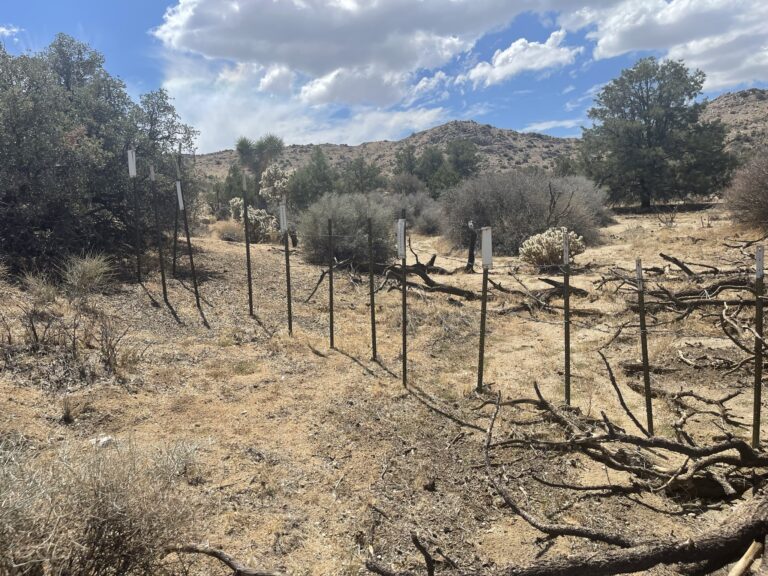Similar Posts

Blue Opal Gemstone, Science & More
Blue Opal Gemstone The blue opal gemstone, like all other types of opal, is not a mineral. Instead, it is an amorphous mineraloid, which means it is a substance that comprises a specific arrangement of smaller microcrystalline silicas, which result in a blue spectrum of light reflection. Blue opal has an appealing luster and appearance,…

The Black Quartz Crystal is “Smokey Quartz” (or Morion)
The Black Quartz Crystal (Morion) is Actually the Smokey Quartz Gemstone The black quartz crystal is actually the same mineral as smokey quartz and morion quartz, and only differs from the common quartz mineral due to its aluminum content. In fact, aluminum is the root cause of its light-absorbing characteristic, which causes a translucent-gray to…

Women in Geology
Women in Geology Women in geology have been making astounding contributions to the scientific community since the 1700s. From environmental engineering to mining, petroleum, and water exploration, female geologists are increasing in numbers, and are valuable assets to these industries. The planet Earth and it’s geological formations show no preference or priority of gender. Consequently,…

The Salton Sea Fishery Decline
The Historical Salton Sea Fishery The Salton Sea fishery is a historical part of the Salton Sea, California’s largest body of water and arguably, the largest environmental disaster to date. At a time before toxicity levels at the Salton Sea became problematic, many fish species were stocked into the lake for sport and commercial purposes….

Bismuth (Bi) – The Popular Rainbow Element
Bismuth (Bi) – The Popular Rainbow Element Bismuth Chemical & Physical Properties Bismuth has been known and used by humans for hundreds of years for its host of remarkable properties. The mineral we know as bismuth was originally referred to as Wismut by 15th-century German monks, the name coming from the German phrase meaning “white mass.”…

Geologic Time Scale
Geologic Time Scale The Geologic Time Scale is an international system used by geologists to classify and identify major geologic events and formations. The geologic timescale essentially categories the earth’s entire geologic (and biologic) history, within a series of defined eons, eras, periods, epochs, and ages. Updates & Maintenance The geologic time scale is continuously…

